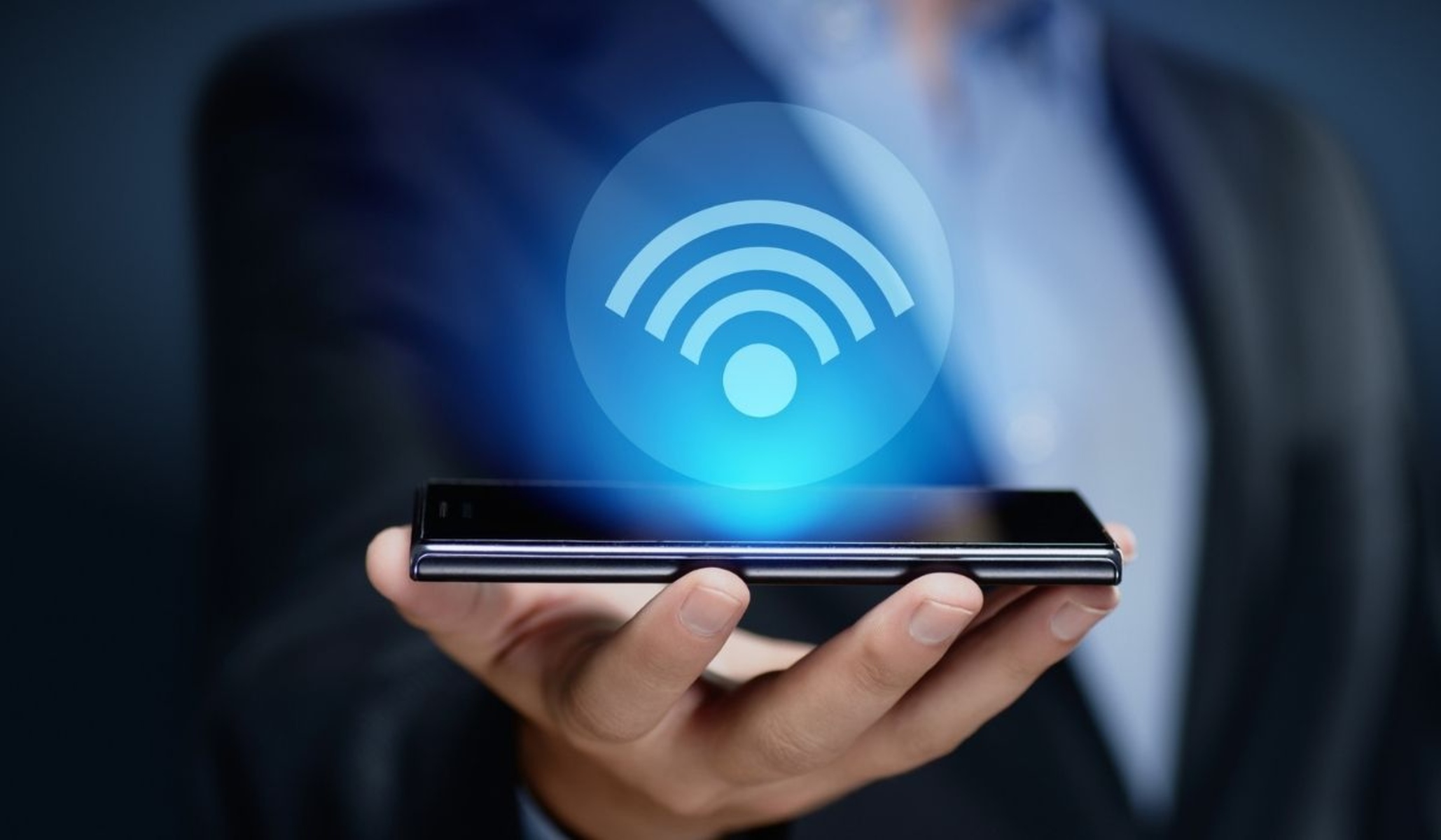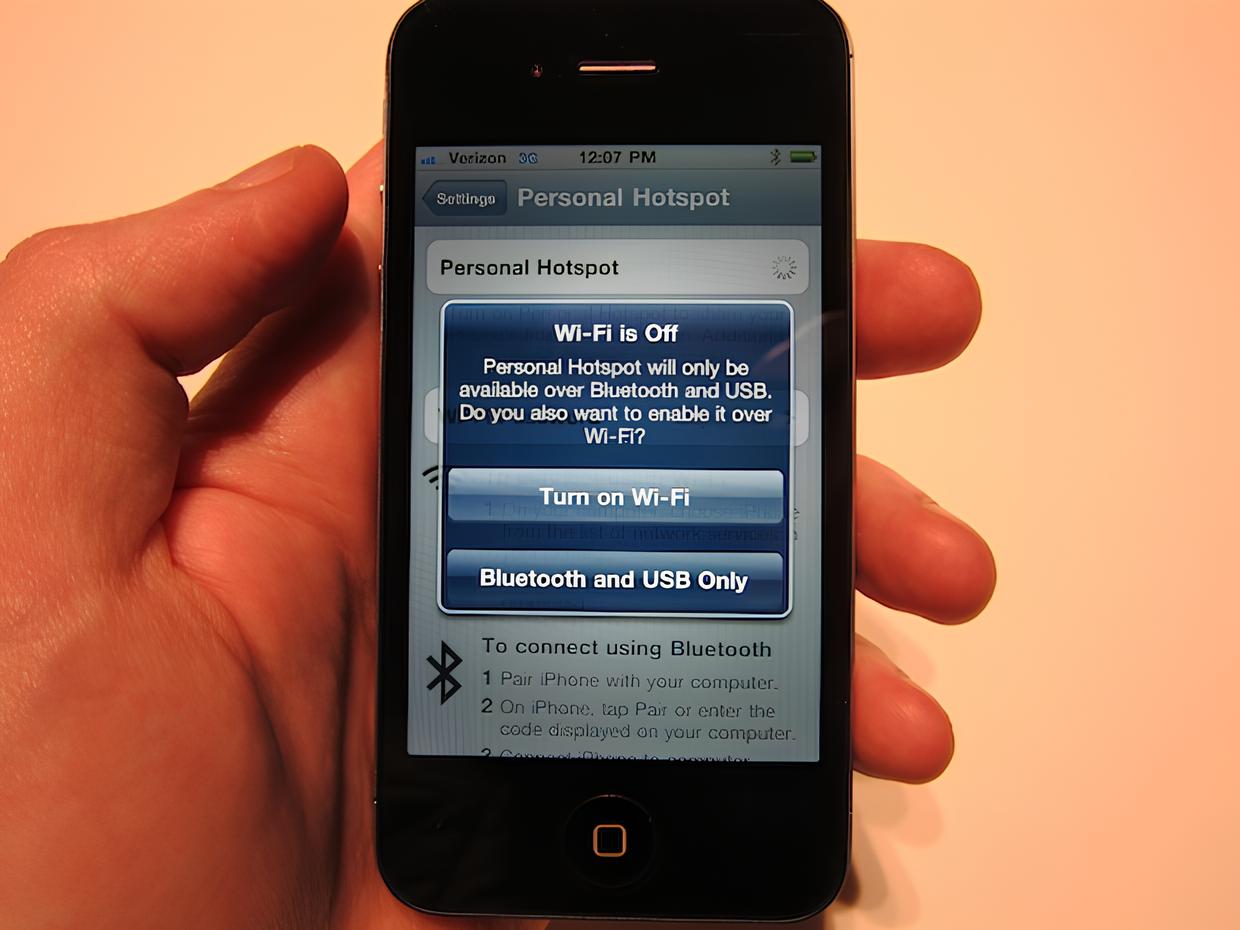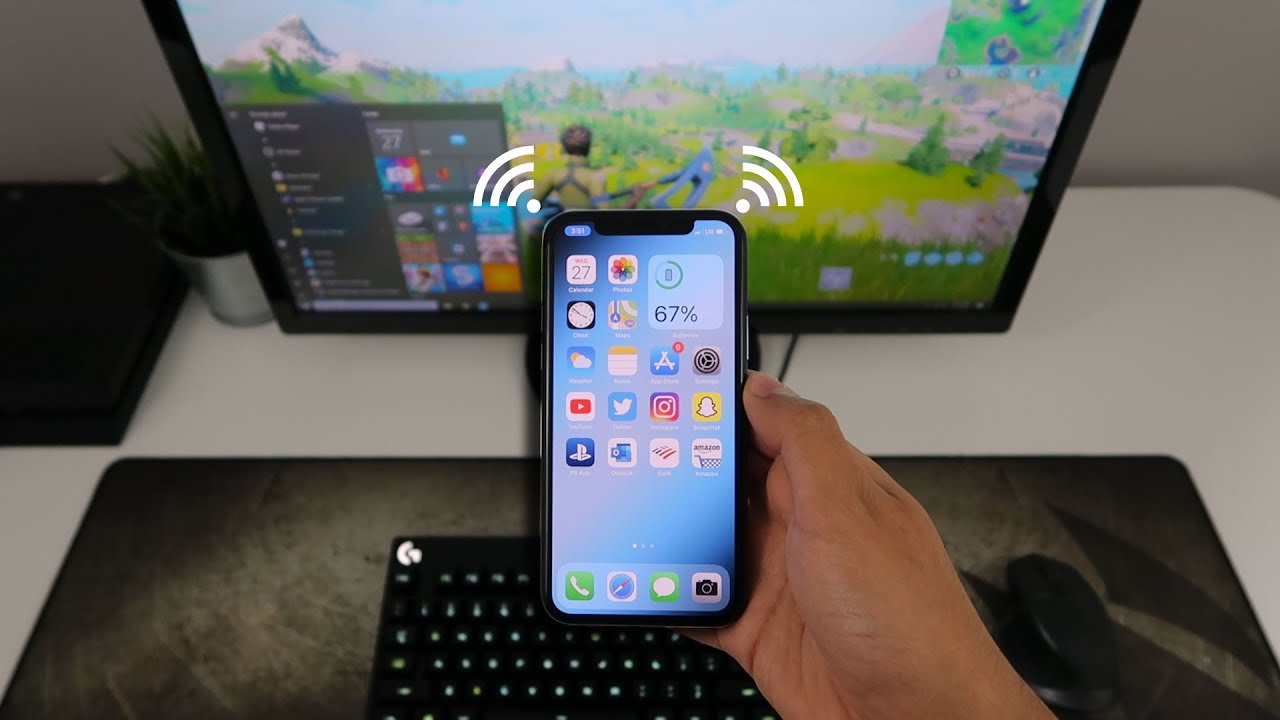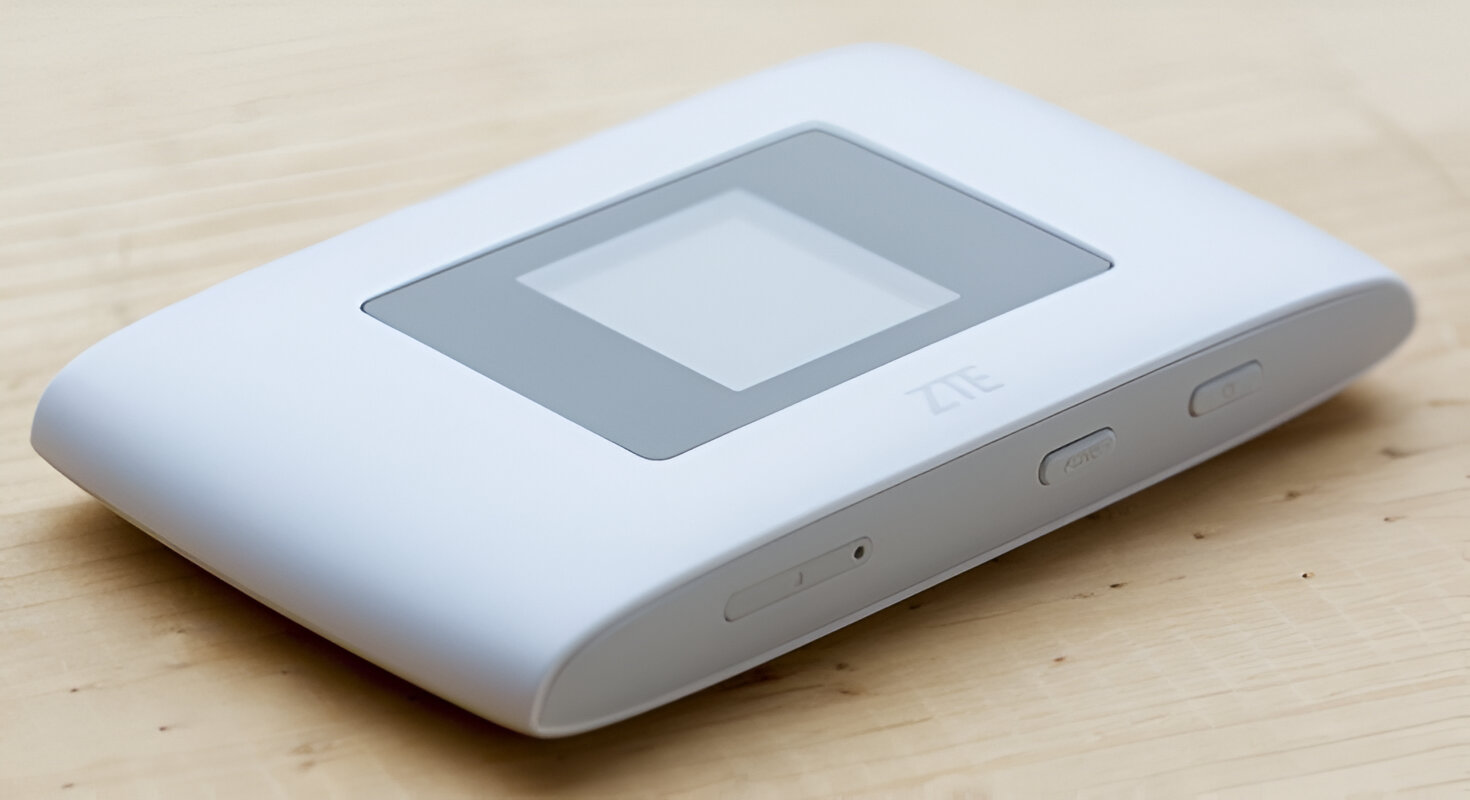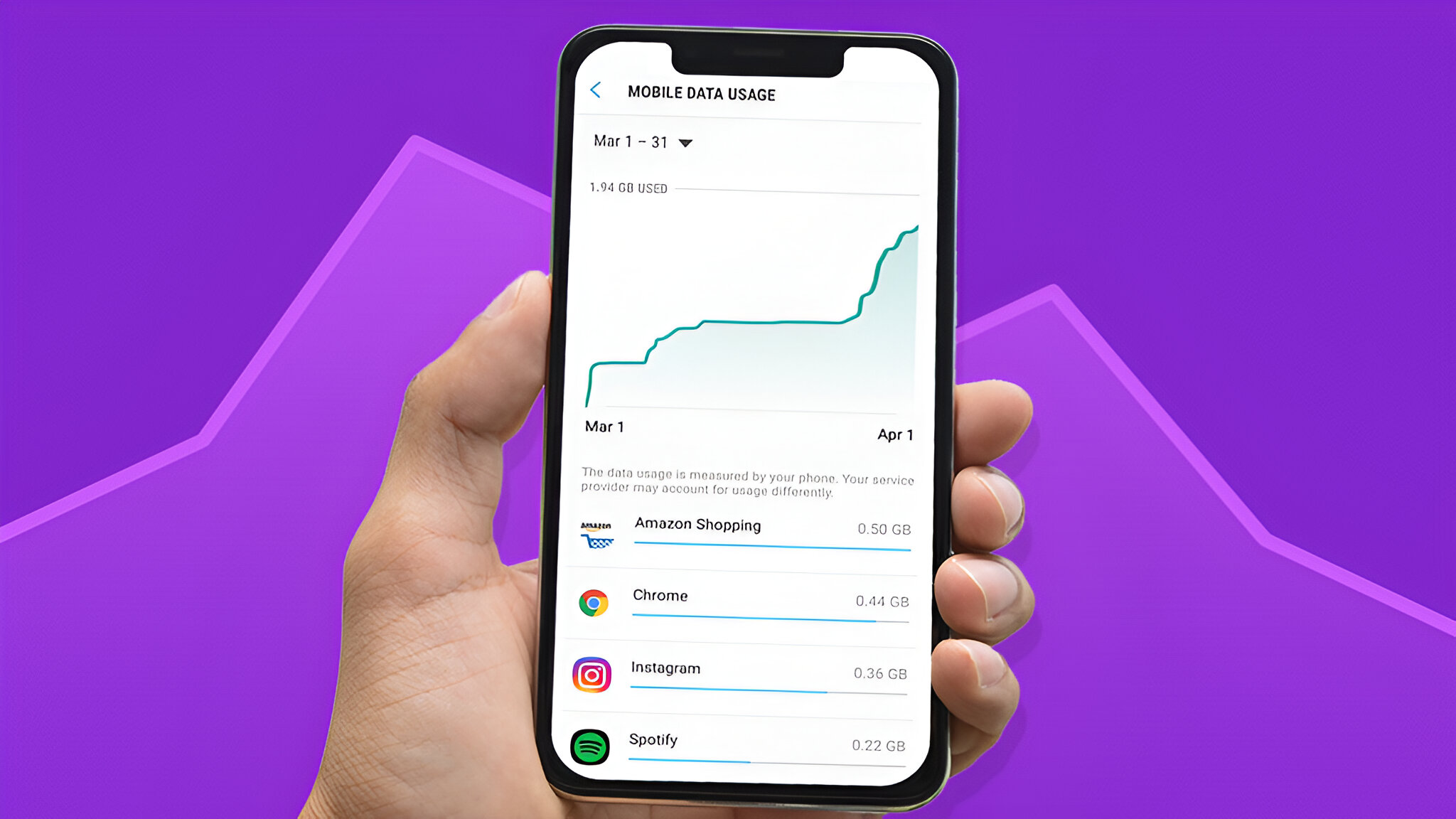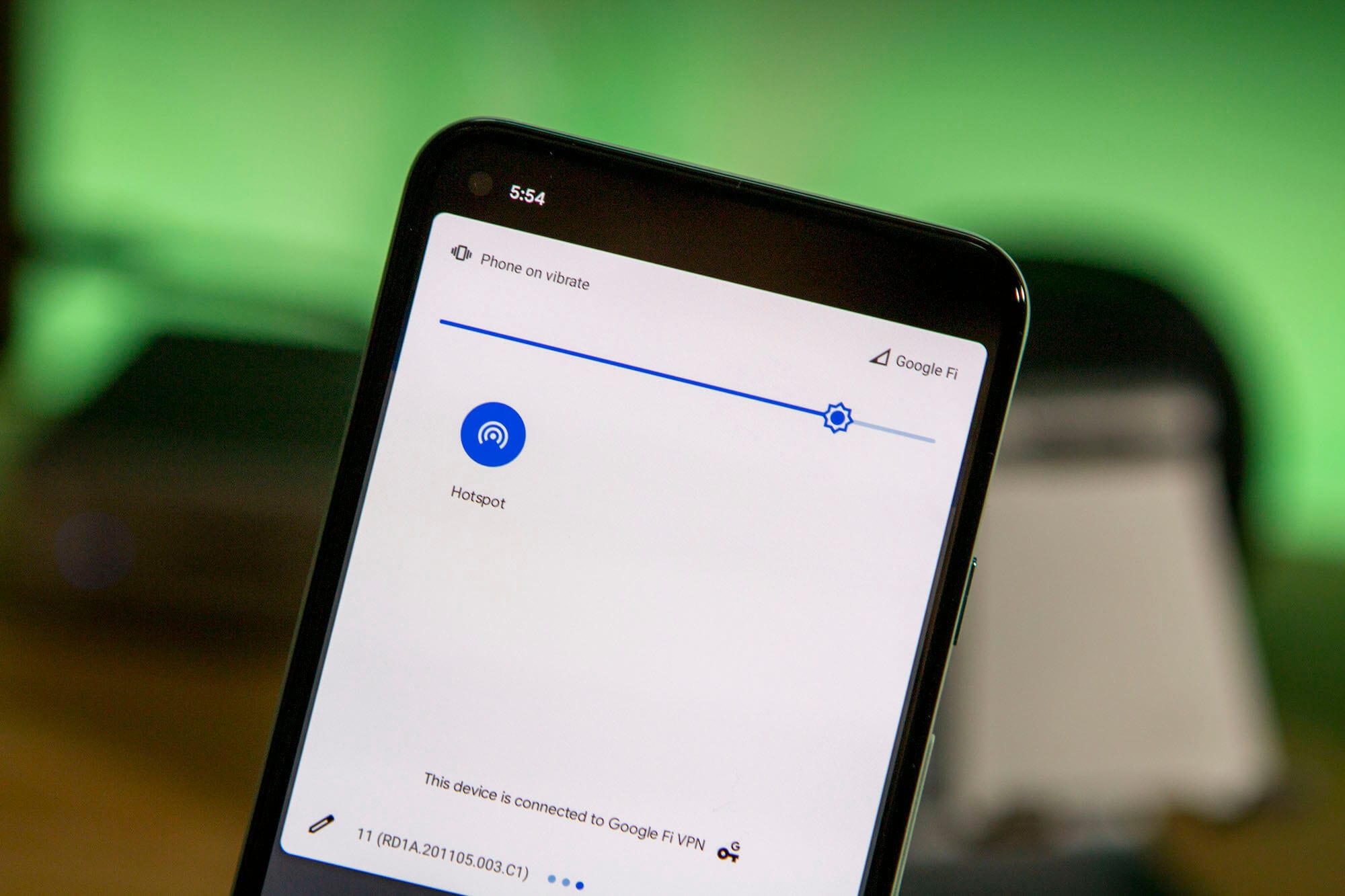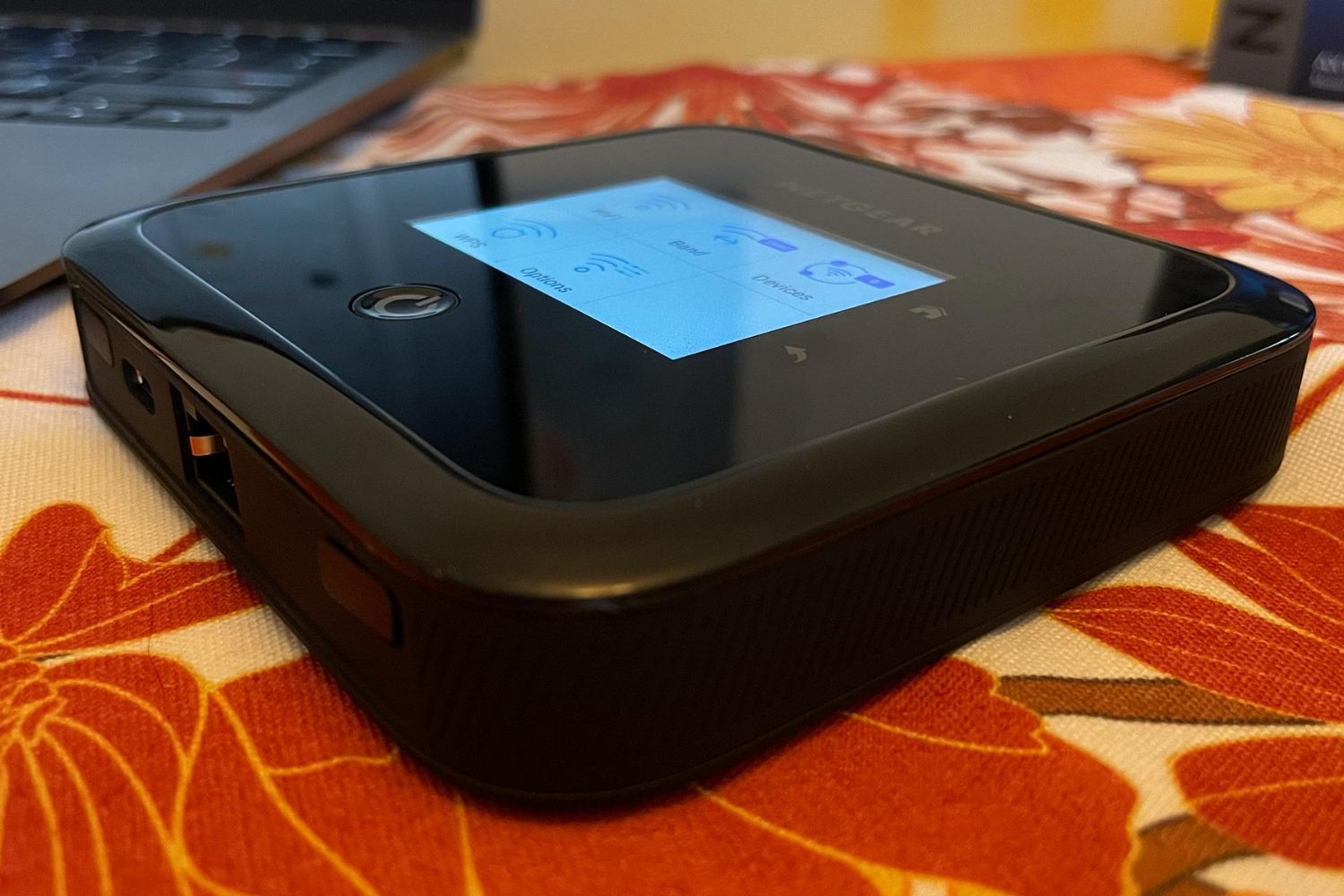Understanding Hotspot Usage
Hotspots have become an indispensable tool for staying connected on the go. Whether you're working remotely, traveling, or simply in a location with unreliable Wi-Fi, understanding how to manage hotspot usage is crucial to avoiding unexpected data overages and ensuring a seamless online experience. Here are some essential insights into hotspot usage that can help you make the most of this convenient feature.
-
Hotspot Basics: A hotspot essentially turns your smartphone or other compatible device into a portable Wi-Fi router, allowing other devices to connect to the internet through it. This enables you to create a secure and private network, making it a valuable resource for accessing the internet when traditional connections are unavailable.
-
Data Consumption: It's important to be mindful of your data consumption when using a hotspot. Activities such as streaming high-definition videos, downloading large files, and online gaming can quickly deplete your data allowance. Understanding the data usage of different online activities can help you make informed decisions about how to utilize your hotspot effectively.
-
Network Speed: The speed of your hotspot connection can significantly impact your overall experience. Factors such as signal strength, network congestion, and the capabilities of your device can influence the speed at which you can browse the internet, stream content, and download files. Being aware of these factors can help you troubleshoot any issues related to slow or unreliable connections.
-
Battery Life: Using your device as a hotspot can drain its battery more rapidly than usual. It's essential to monitor your device's battery level and consider using a power source or portable charger to ensure uninterrupted connectivity. Additionally, adjusting the settings on your device to optimize battery usage can prolong the available hotspot time.
-
Security Considerations: When using a hotspot, it's crucial to prioritize security to safeguard your data and privacy. Implementing strong passwords, enabling encryption, and being cautious about the networks you connect to can help mitigate the risk of unauthorized access and potential security breaches.
Understanding the nuances of hotspot usage empowers you to leverage this technology effectively while avoiding common pitfalls. By being mindful of data consumption, network speed, battery life, and security considerations, you can harness the full potential of hotspots to stay connected wherever you go.
Monitoring Data Usage
When utilizing a hotspot, keeping a close eye on data usage is paramount to avoiding unexpected charges and optimizing your connectivity experience. Monitoring data usage not only helps you stay within your data plan limits but also allows you to identify which activities consume the most data, enabling you to make informed decisions about your online behavior.
Here are some effective strategies for monitoring data usage:
-
Data Tracking Tools: Many smartphones and mobile carriers offer built-in tools to monitor data usage. These tools provide detailed insights into how much data is being consumed by different apps and services. By regularly checking these metrics, you can gain a clear understanding of your data usage patterns and adjust your online activities accordingly.
-
Usage Alerts: Setting up data usage alerts through your mobile carrier or device settings can serve as an early warning system. These alerts notify you when you are approaching or exceeding your data limit, allowing you to take proactive measures to avoid overage charges. By heeding these alerts, you can regulate your usage and prevent unexpected disruptions to your connectivity.
-
App-specific Monitoring: Certain apps and services offer features that allow you to monitor and manage data usage within their platforms. For example, streaming services often provide settings to control video quality, thereby influencing the amount of data consumed during playback. By leveraging these features, you can tailor your data usage based on your preferences and priorities.
-
Periodic Reviews: Regularly reviewing your data usage history can provide valuable insights into your online habits. This practice enables you to identify trends, such as peak usage times or data-intensive activities, and make adjustments as needed. By staying proactive and informed, you can maintain a balanced approach to data consumption and avoid unnecessary strain on your data plan.
-
Wi-Fi Offloading: When available, prioritizing Wi-Fi connections over cellular data can help conserve your data allowance. Automatically connecting to trusted Wi-Fi networks and utilizing Wi-Fi hotspots whenever possible can reduce reliance on cellular data, effectively managing your usage and preserving your data for essential tasks.
By implementing these monitoring strategies, you can gain a comprehensive understanding of your data usage patterns and take control of your connectivity experience. Proactively managing data usage not only safeguards you against unexpected costs but also empowers you to make conscious choices about how you utilize your hotspot for optimal efficiency and convenience.
Setting Usage Limits
Setting usage limits for your hotspot can be a proactive approach to managing data consumption and ensuring that your connectivity remains within predefined boundaries. By establishing clear limits, you can effectively regulate the usage of your hotspot, prevent excessive data depletion, and maintain control over your connectivity experience.
Data Usage Controls
Many smartphones and mobile devices offer built-in features that allow you to set specific data usage limits. By accessing the settings related to data usage, you can establish thresholds for your data consumption, triggering automatic restrictions or notifications when the defined limits are approached or reached. This proactive measure empowers you to stay mindful of your data usage and take preemptive actions to avoid exceeding your data plan.
App-specific Restrictions
Certain devices and operating systems provide the option to impose usage limits on individual apps or services. This granular control enables you to allocate data allowances to specific applications, ensuring that data-hungry services do not monopolize your overall data usage. By customizing restrictions for apps that tend to consume significant data, you can prioritize your connectivity needs and allocate resources according to your preferences and priorities.
Time-based Controls
In addition to setting data usage limits, some devices offer the flexibility to establish time-based controls for hotspot usage. This functionality allows you to define specific time periods during which the hotspot is active, effectively regulating when other devices can connect and utilize the hotspot for internet access. By implementing time-based controls, you can align hotspot availability with your usage patterns and prevent unnecessary data consumption during designated periods.
Parental Controls
For users managing hotspots on family devices, parental control features can be invaluable in setting usage limits for specific users or devices. These controls enable you to enforce restrictions on data usage, internet access, and device connectivity, empowering you to create a safe and balanced online environment for family members. By leveraging parental controls, you can instill responsible usage habits and ensure that hotspot resources are allocated judiciously within your household.
Customized Notifications
Configuring personalized notifications related to data usage limits can serve as a proactive monitoring tool. By receiving timely alerts and notifications as you approach predefined usage thresholds, you can make informed decisions about your connectivity and take corrective actions if necessary. Customized notifications provide valuable visibility into your data consumption, enabling you to maintain awareness and control over your hotspot usage.
By implementing these usage limit controls, you can effectively manage your hotspot usage, optimize data consumption, and maintain a balanced approach to connectivity. Setting usage limits empowers you to proactively regulate data usage, align connectivity with your needs, and avoid unexpected disruptions, ultimately enhancing your overall hotspot experience.
Managing Connected Devices
Effectively managing the devices connected to your hotspot is essential for maintaining a seamless and efficient connectivity experience. By overseeing the connected devices, you can optimize network performance, prioritize usage, and ensure that all connected users benefit from reliable and secure connectivity.
Device Prioritization
Prioritizing connected devices allows you to allocate network resources based on specific needs and usage priorities. Many modern hotspot devices and routers offer features that enable you to designate priority devices, ensuring that critical tasks, such as work-related activities or video conferencing, receive optimal bandwidth and connectivity. By assigning priority status to select devices, you can enhance the overall user experience and prevent network congestion during peak usage periods.
Bandwidth Allocation
Managing bandwidth allocation among connected devices is crucial for maintaining a balanced and equitable distribution of network resources. Some routers and hotspot devices provide advanced settings that allow you to allocate specific bandwidth quotas to individual devices or groups of devices. This capability enables you to tailor the network performance according to the requirements of each connected device, ensuring fair and efficient utilization of available bandwidth.
Access Controls
Implementing access controls for connected devices enhances network security and control. Features such as MAC address filtering and device-specific access permissions enable you to manage which devices can connect to the hotspot and access the network. By configuring access controls, you can safeguard against unauthorized device connections, mitigate security risks, and maintain a trusted and secure network environment.
Usage Monitoring
Regularly monitoring the usage patterns of connected devices provides valuable insights into network activity and data consumption. Many routers and hotspot management interfaces offer detailed usage statistics and device-specific monitoring, allowing you to track data consumption, identify bandwidth-intensive devices or applications, and make informed decisions about network management. By staying informed about usage trends, you can proactively address potential issues and optimize the network for improved performance.
Device Management Tools
Leveraging device management tools and applications can streamline the process of overseeing connected devices. Many router manufacturers and network management platforms offer dedicated applications that provide centralized control over connected devices, allowing you to configure settings, monitor activity, and troubleshoot connectivity issues from a unified interface. By utilizing these tools, you can efficiently manage connected devices, optimize network settings, and ensure a reliable and responsive connectivity environment.
By effectively managing connected devices, you can create a well-organized and efficient network environment, fostering a positive connectivity experience for all users. Prioritizing devices, allocating bandwidth, implementing access controls, monitoring usage, and leveraging management tools collectively contribute to a well-managed and optimized hotspot network, enhancing connectivity reliability and user satisfaction.







